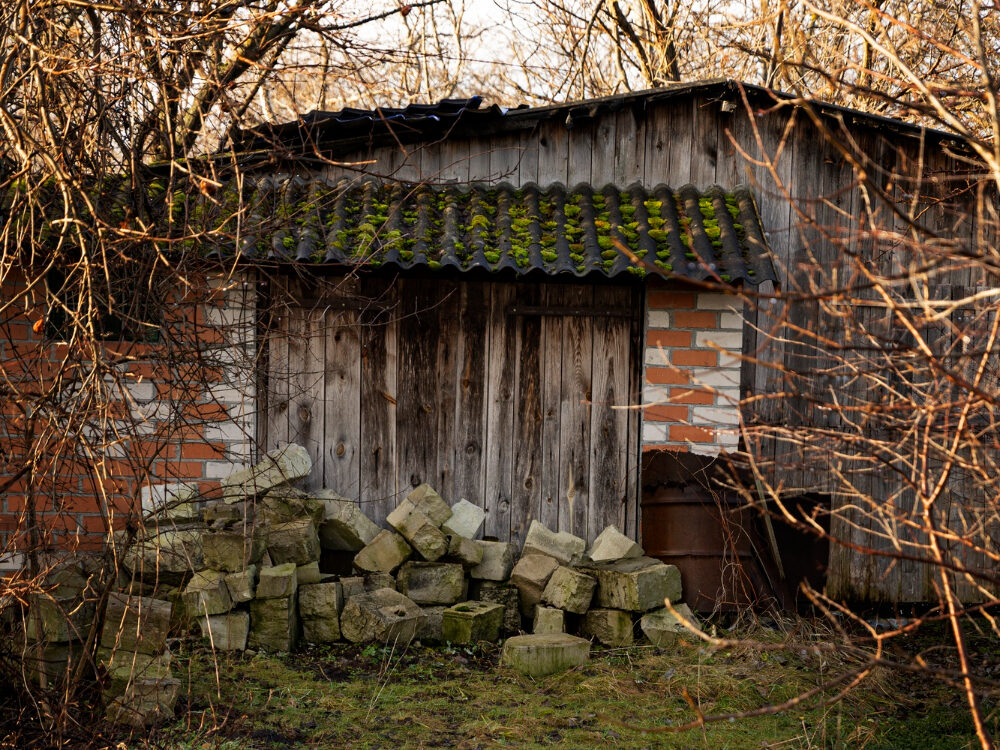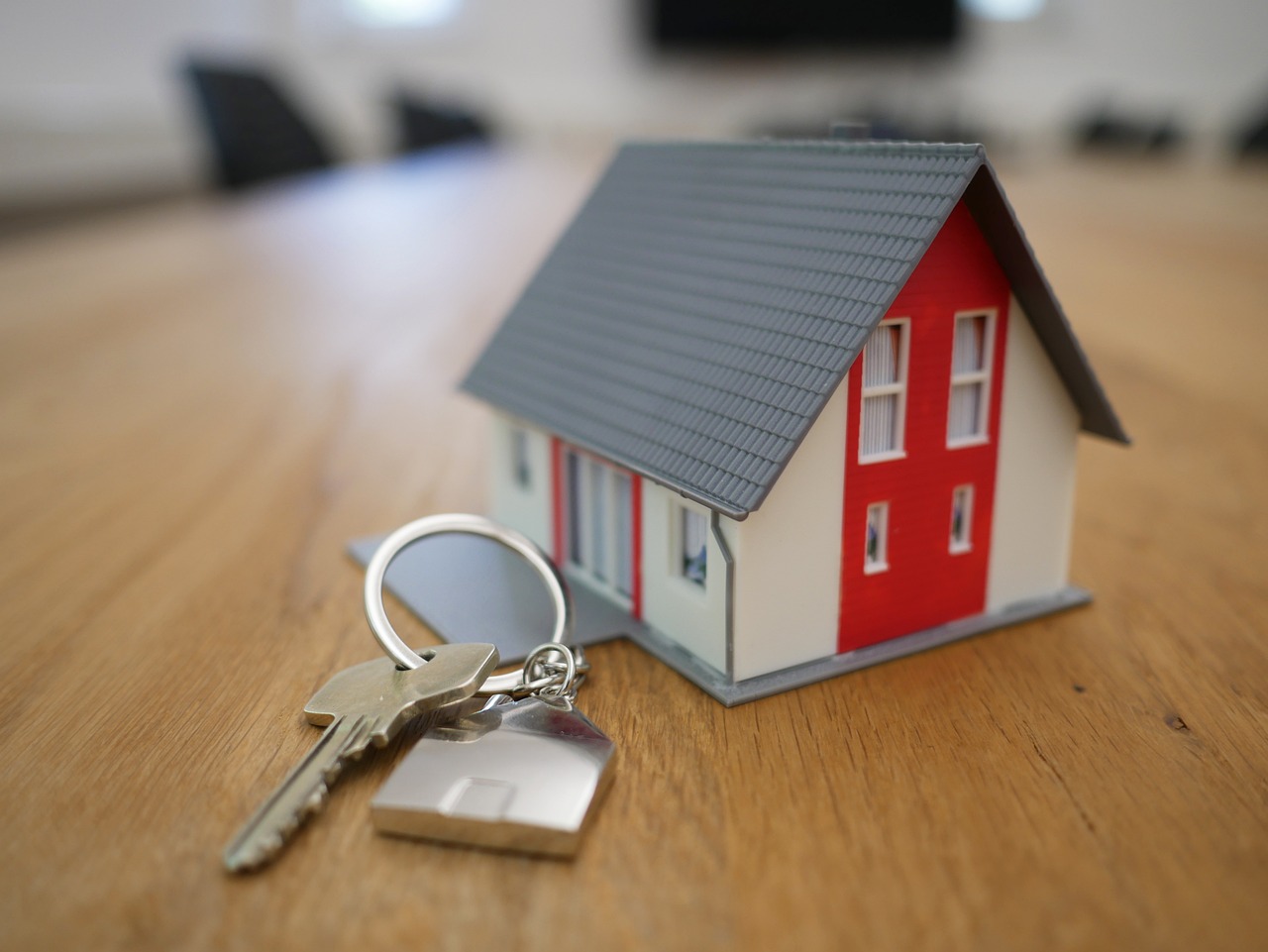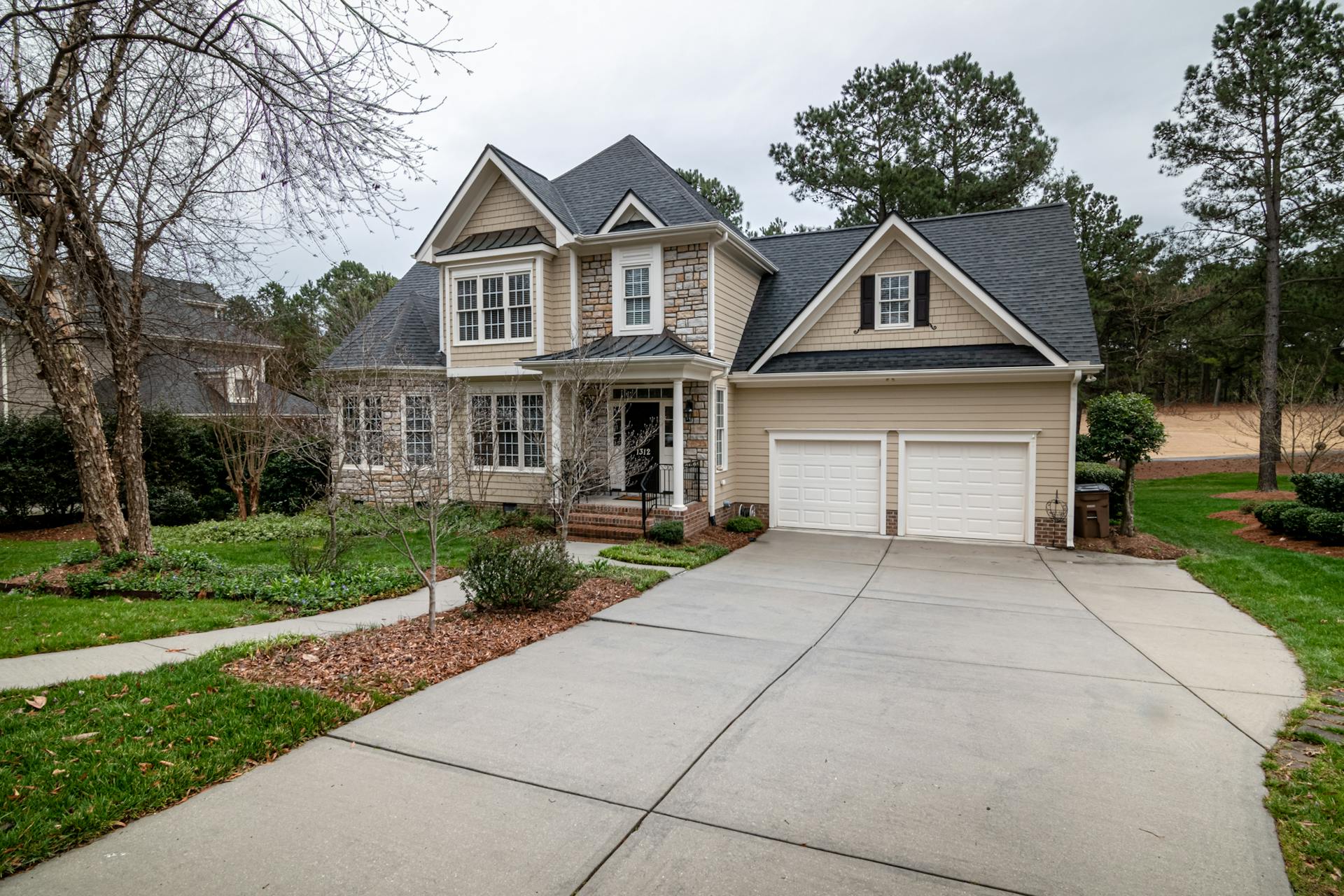What Happens When A House Is Declared Uninhabitable
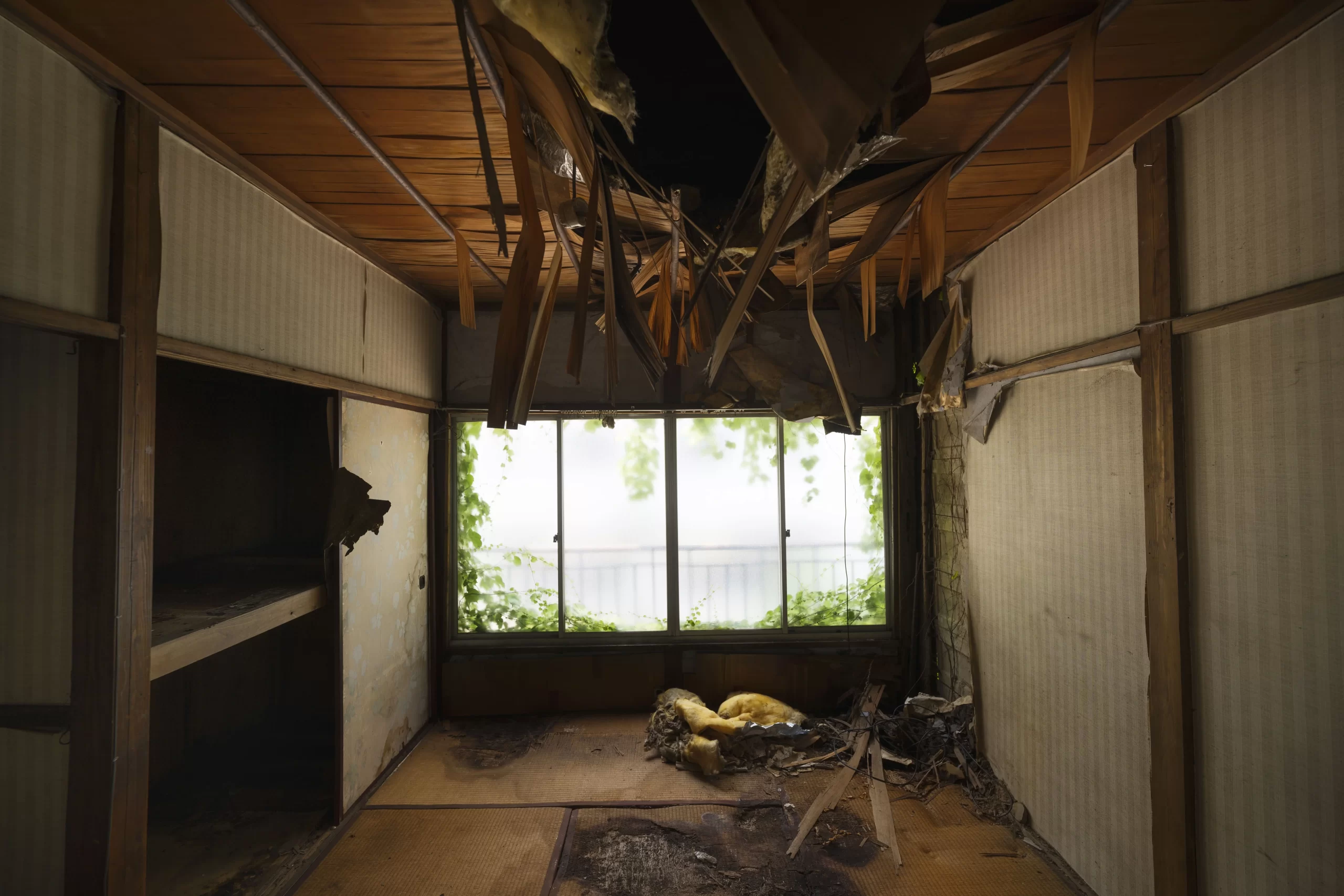
When a house is declared uninhabitable, homeowners face tough decisions. Discover how Compassionate Property Solutions offers relief by buying homes “as-is,” providing a straightforward solution to a complex problem. This guide covers the necessary steps to address safety, legal, and financial concerns, ensuring you understand your options during this critical time.
What Makes a House Uninhabitable?
Key Indicators of Uninhabitability
A home can be declared uninhabitable for several reasons, but some of the most common include severe structural damage, presence of mold, and extensive pest infestations. These conditions can make living in a house unsafe or pose serious health risks.
Severe structural damage often involves critical parts of the house like the foundation, roof, or walls being compromised. Signs to look out for include large cracks in the walls or floors, sagging roofs, and doors or windows that no longer close properly.
Mold growth can be toxic and is usually found in damp, poorly ventilated areas. If you see or smell mold, it’s a sign of excess moisture inside the house, which can undermine the health of anyone living there.
Pest infestations, particularly from termites, rodents, or cockroaches, not only cause physical damage to the house but can also lead to health problems. Droppings, damaged wood, and nests are clear signs of infestation.
It’s crucial for homeowners to recognize these signs early. Early detection can prevent the escalation of damage and the high costs associated with making a home livable again.
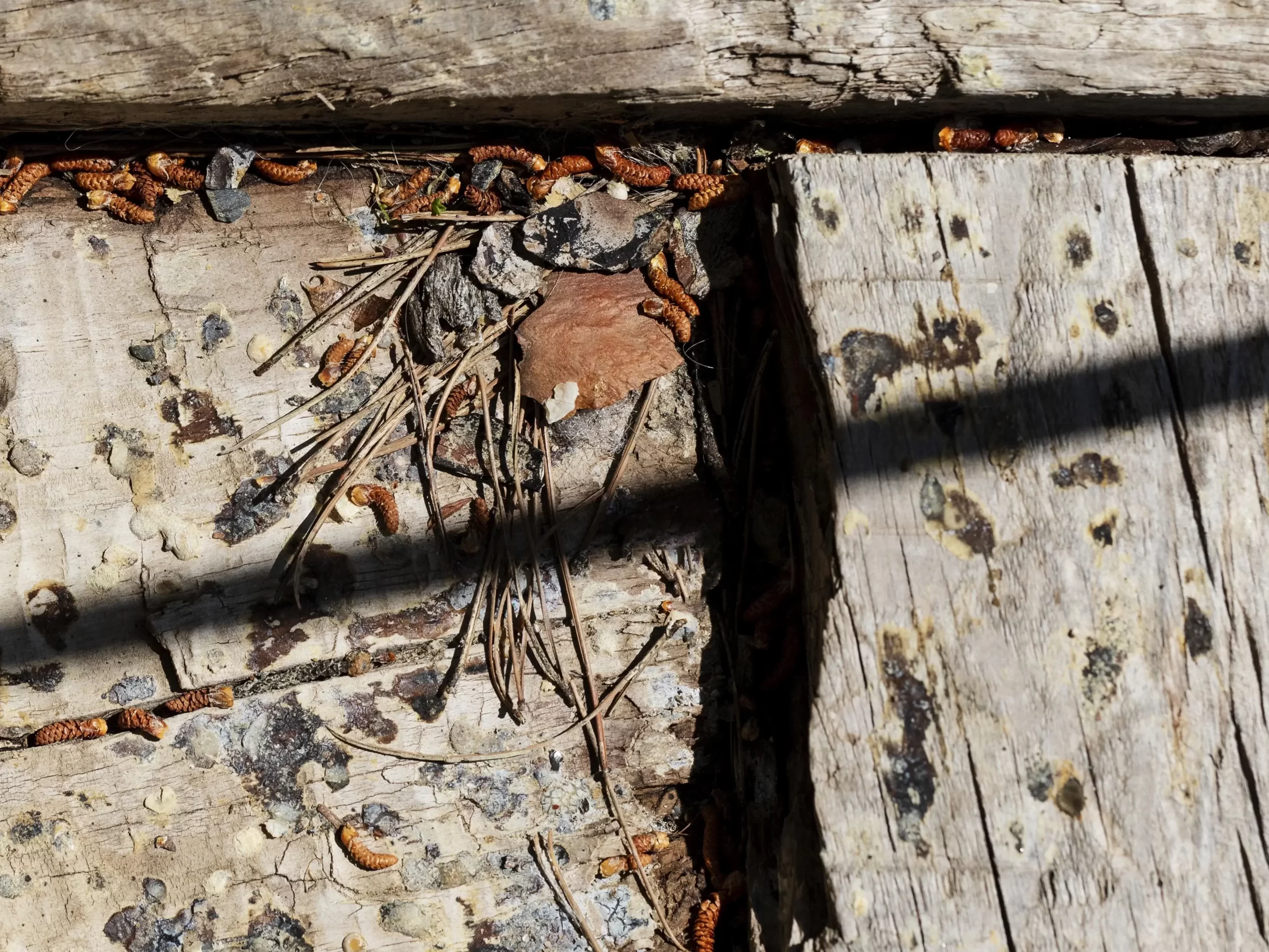
Local Housing Regulations and Their Impact
The criteria for declaring a house uninhabitable can vary significantly depending on local laws. Typically, these laws are set to ensure that all homes meet basic safety and health standards.
Each city or county will have a housing or building authority where homeowners can find specific regulations. These documents detail what conditions violate local housing standards. Understanding these rules is essential for any homeowner, especially if your property has significant issues.
Compassionate Property Solutions can help homeowners who find navigating these regulations challenging. They provide guidance on legal requirements and offer practical solutions for homes that might not meet these standards, including the option to sell a property “as-is” to avoid the hassle and expense of repairs.
By knowing what makes a house uninhabitable and how to deal with it, homeowners can make informed decisions about how to proceed—whether that means making repairs or considering a sale.
Immediate Steps to Take
When a house is declared uninhabitable, swift and clear actions are needed to ensure safety and compliance with local laws. This section outlines what you should do immediately after receiving such a declaration and considers the financial implications of this situation.
Upon Receiving an Uninhabitable Declaration
If your home has been declared uninhabitable, the first priority is to ensure the safety of all residents. Leave the property immediately if instructed to do so by authorities. Contact your local housing or building authority to understand the specific restrictions and next steps. This office can also provide guidance on securing temporary housing.
At this time, it’s crucial to document everything. Take photos, gather documents, and keep a detailed record of communications related to the condition of your home. This information will be important for insurance claims and any legal actions.
Compassionate Property Solutions can offer direct assistance during this stressful period. They can evaluate the property quickly and may provide an option to purchase the home as-is, which can alleviate the burden of seeking costly repairs or a prolonged selling process.
Financial Considerations and Impact
The financial impact of a home being declared uninhabitable can be significant. Initially, there may be a loss in property value, especially if the news becomes public or is reflected in official records. This situation can complicate selling the property through traditional real estate markets.
Insurance might not cover all damages or costs associated with making a home habitable again, particularly if issues like mold or pest infestations are due to deferred maintenance. It’s essential to review your insurance policy closely and speak with your agent to understand what is covered and what is not.
Selling the property “as-is” to a company like Compassionate Property Solutions can offer a way out of these financial challenges. They specialize in buying homes in any condition, providing homeowners with a fast, straightforward selling option without the need for repairs. This can be a sound financial decision when facing the potential long-term costs of restoring an uninhabitable home.
Repair vs. Sell: Evaluating Your Options
When a home is declared uninhabitable, owners face a critical decision: whether to repair the property or sell it as-is. This section provides a clear comparison of both options, focusing on the practical aspects of repairs and the advantages of selling in its current state.

Cost and Feasibility of Repairs
Repairing an uninhabitable home can be a costly and time-consuming endeavor. Common issues like structural damage, mold remediation, and pest extermination can require significant investment. For instance, fixing major structural problems can cost tens of thousands of dollars, and the work might take several months to complete. Mold remediation varies in cost depending on the extent of the mold and the size of the property but often runs into thousands of dollars as well.
Sometimes, repairs are not just expensive but also impractical. If the cost of restoring the property exceeds its post-repair value, or if repairs would take an unreasonable amount of time, making them may not be a wise investment. Homeowners should consider current market conditions, the total projected cost, and the realistic value of the home after repairs.
Benefits of Selling As-Is
Selling a home “as-is” means selling it in its current condition, without making any repairs or improvements. This option can be particularly appealing for several reasons. Firstly, it eliminates the need for the homeowner to invest more money and time into the property. It also speeds up the process of moving out and moving on, as there is no delay for repairs.
Compassionate Property Solutions specializes in buying homes as-is, offering a quick and straightforward process. This can be a major relief for homeowners who are overwhelmed by the prospect of extensive repairs. By selling as-is, they can avoid the hassle and uncertainty of the repair process.
To illustrate the success of this approach, testimonials and case studies from previous clients of Compassionate Property Solutions can be shared. These stories highlight the ease and effectiveness of selling homes as-is, providing real-life examples of homeowners who benefited from this option.
Overall, whether to repair or sell a property as-is depends on various factors including the extent of the damage, the financial capacity for repairs, and the homeowner’s future plans. This section helps homeowners weigh their options with practical advice and real-world examples, guiding them towards a decision that best suits their situation.
Long-Term Considerations for Homeowners
After dealing with the immediate impacts of a house declared uninhabitable, homeowners must consider the long-term consequences. This section addresses how such a declaration affects a property’s market value, potential legal issues, and the emotional toll it can take, while presenting solutions that Compassionate Property Solutions offers.
Market Value and Future Sale Prospects
A declaration that a home is uninhabitable can significantly decrease its market value. Potential buyers are often deterred by the history of major issues, fearing ongoing or hidden problems that could surface later. Even after repairs, the property’s history must typically be disclosed to potential buyers, which can affect sale prospects and pricing.
Compassionate Property Solutions addresses this issue by investing in homes that have been declared uninhabitable. They see potential where others see problems, and by purchasing and rehabilitating such properties, they can help restore their value. This not only aids the immediate homeowner in unloading a burdensome property but also benefits the community by improving the condition and value of local real estate.

Legal and Emotional Repercussions
Owning a home that has been declared uninhabitable can lead to a series of legal challenges. Homeowners might face fines or be required to perform specific repairs within a certain timeline. These legal obligations can be complex, daunting, and costly.
The emotional impact of dealing with an uninhabitable property can also be significant. Homeowners might feel overwhelmed by the financial strain, the disruption to their lives, and the stigma attached to owning such a property. This stress can be burdensome, affecting their overall well-being and family life.
Compassionate Property Solutions offers a clear exit strategy for homeowners stuck in this situation. By purchasing properties as-is, they provide homeowners with a way to avoid legal complications and the emotional stress of lengthy repair processes. This straightforward approach allows homeowners to quickly move on from a difficult situation, offering peace of mind and financial relief.
In this blog, we’ve covered essential actions to take immediately, weighed the costs and benefits of repairs versus selling as-is, and discussed the long-term effects on market value and personal well-being.
If you’re facing this situation, Compassionate Property Solutions offers practical help. They specialize in purchasing homes as-is, providing a straightforward way to move on without the hassle of extensive repairs. For guidance tailored to your situation, contact Compassionate Property Solutions for a free consultation. This step can help you find a clear and manageable solution to a challenging property issue.



